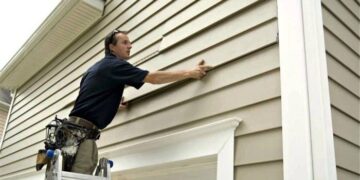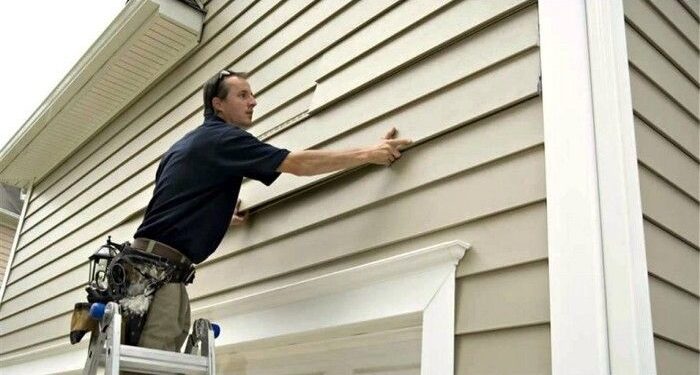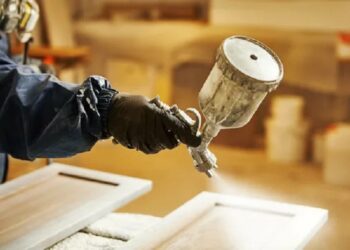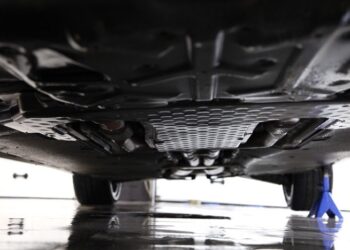External siding is a popular facing material designed for finishing the facades of buildings. It not only gives the house a neat and modern appearance, but also performs an important protective function, protecting the walls from moisture, wind, temperature changes and ultraviolet radiation. Due to the variety of shapes, colors and textures, siding is suitable for both private homes and administrative or commercial facilities. In order for Family Siding to last a long time and effectively perform its tasks, it is necessary to comply with certain requirements when choosing and installing it.
Characteristic qualities of the material
First of all, the material must be resistant to atmospheric influences. High-quality siding does not fade in the sun, does not crack from frost and does not soften in the heat. To do this, manufacturers use special additives that improve resistance to UV rays and temperature changes. Popular types of siding are vinyl, metal, fiber cement and wood. Each of them, including james hardie siding, has its own characteristics, but they are all united by common requirements:
- strength;
- easy to install;
- minimal maintenance during operation.
Correct installation of siding
Correctly installed siding should provide ventilation of the facade. To do this, an air gap is created between the cladding and the wall of the building, preventing the accumulation of moisture and the formation of mold. The fastening system also plays an important role; the panels should not be fixed too tightly, since the material can expand and contract under the influence of temperature. This is important for vinyl siding, which is most susceptible to deformation when weather conditions change. The use of special fasteners and guides allows you to compensate for such fluctuations and maintain the appearance of the facade.
Siding installation begins with preparing the base. The wall surface is cleaned of dirt and leveled. If necessary, lathing is installed, most often from metal or wooden profiles. This creates a flat and durable surface for fastening the panels. Particular attention is paid to the starting strip – the evenness of the entire facade depends on its correct installation. Next, the panels are mounted from the bottom up, maintaining the horizontal level; each subsequent part is snapped into the previous one and secured in the provided holes.
































